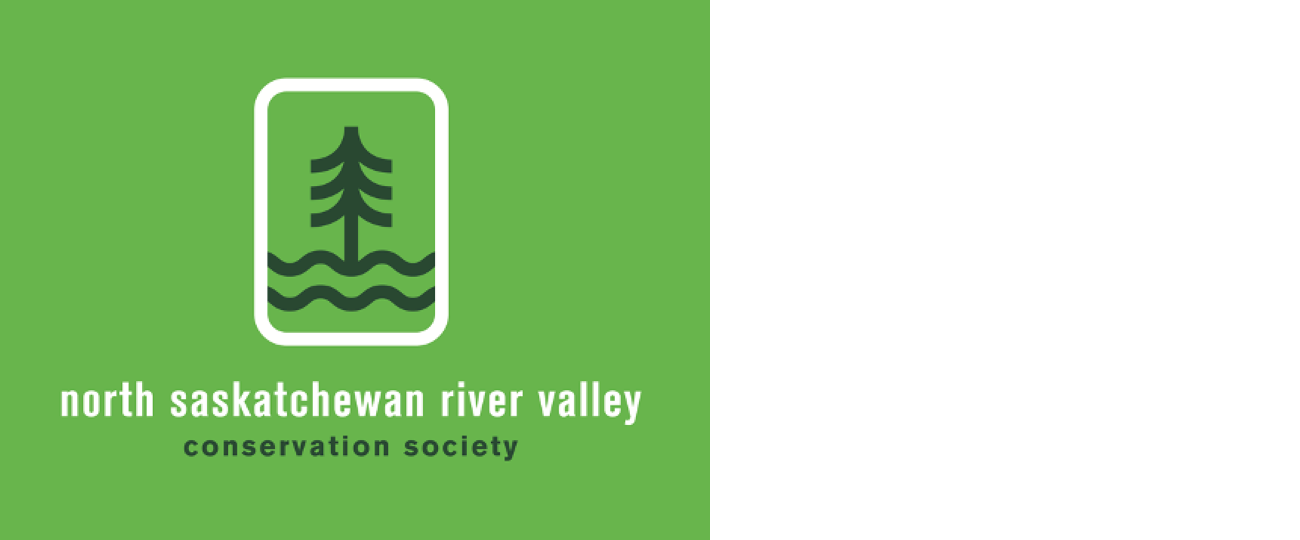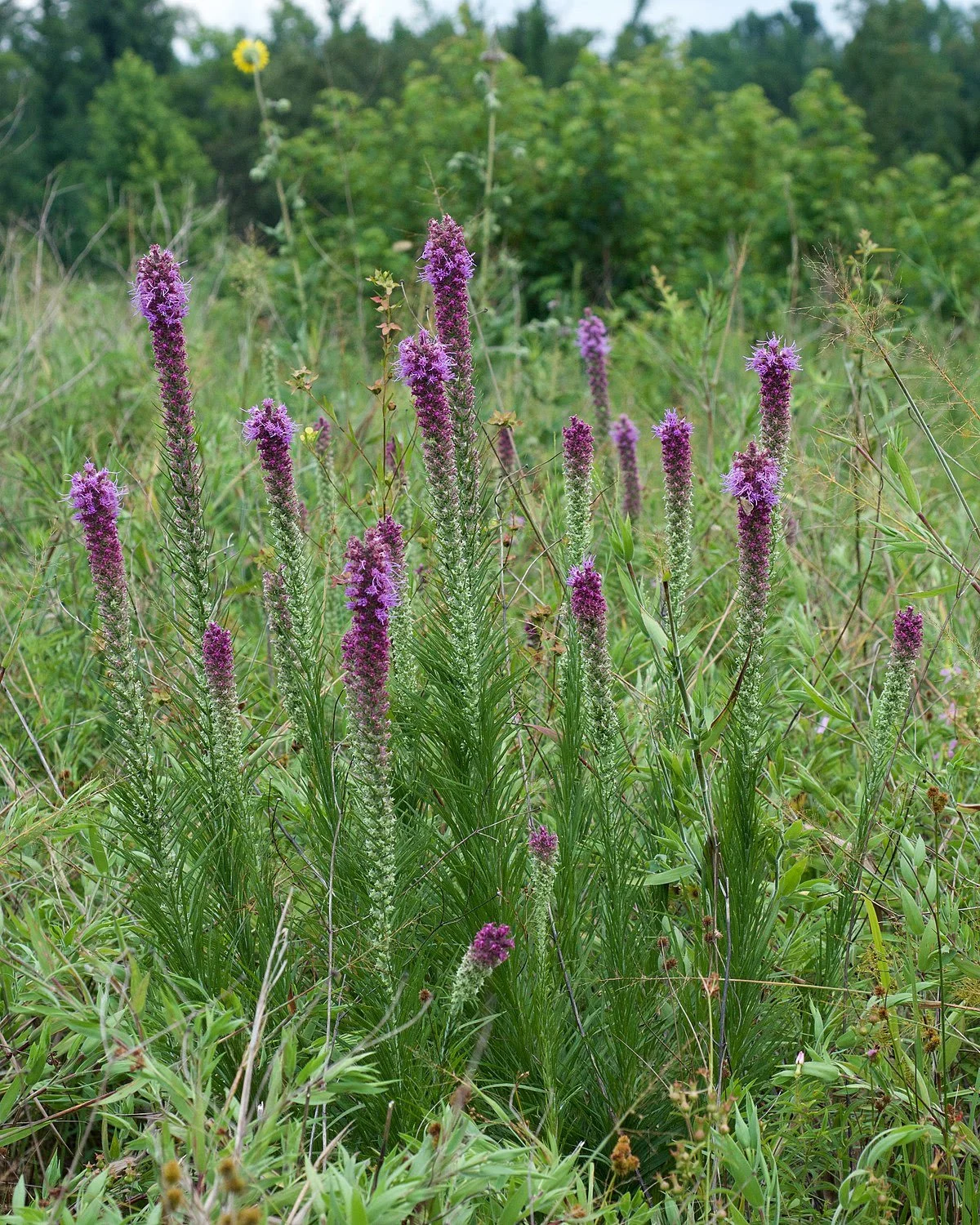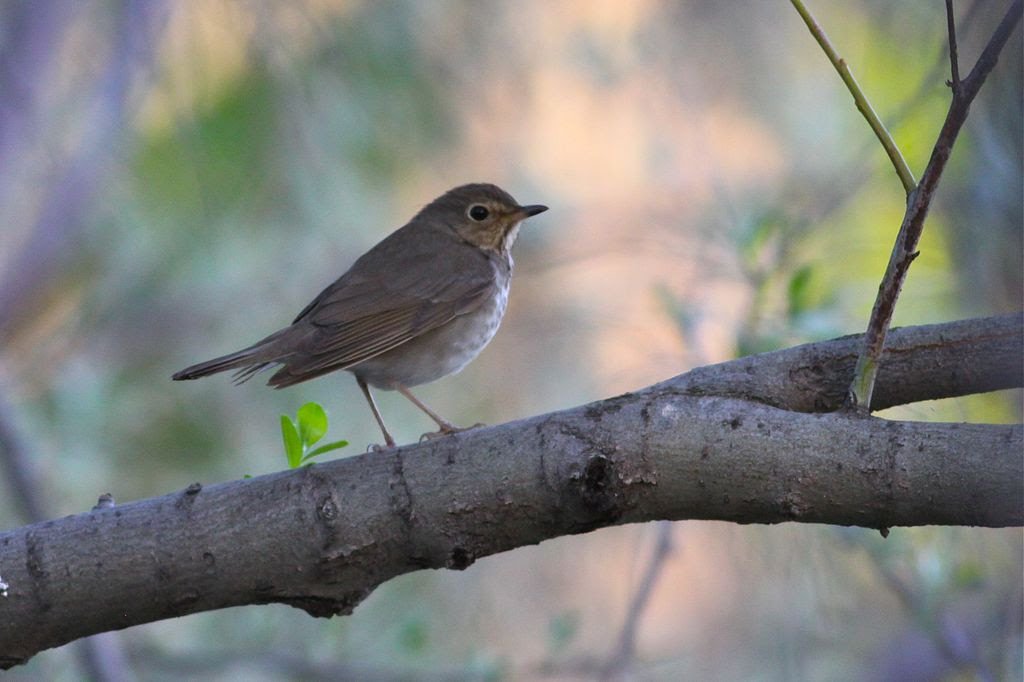Gondola decision to be made by City Council on August 15
After presentations from 55 people and meeting all day until 9pm, Executive Committee decided to send the gondola decision to a vote at the next City Council meeting on Monday, August 15. Our society addressed two areas of risk posed by the gondola project.
Environmental concerns not addressed by Prairie Sky Gondola include noise, privacy, aesthetics, impact to Queen Elizabeth Park and Edmonton's Indigenous Art Park, as well as slope and bank stability. The river valley is YEG’s most important natural asset and feature, acquired for public benefit over the last 100 years and protected for generations through land use restrictions and environmental regulations.
The $155 million proposed gondola would represent the single most expensive private commercial project ever built in the river valley and raises many questions. But the City does not seem to know whether Prairie Sky has any assets or serious investors. This is not a private developer proposing a commercial development on private lands which it owns.
This is an unknown private developer with no apparent track record proposing a major industrial and commercial project on public land within the river valley, Edmonton’s most important asset. It is a fundamental business principle that one should know who you are contracting with and whether the other party has any means to perform the agreement. Read more at https://edmontonjournal.com/opinion/columnists/opinion-too-many-unanswered-questions-about-edmontons-gondola-project
North Saskatchewan named a Canadian Heritage River
Steven Guilbeault, Minister of Environment and Climate Change and Minister responsible for Parks Canada, and Whitney Issik, Alberta Minister of Environment and Parks, announced the official endorsement of the North Saskatchewan River as a Canadian Heritage River. The nominated section includes the entire 718 km of the river in Alberta from the Banff National Park boundary to the Saskatchewan provincial border.
The river is a traditional gathering place, travel route and home for Indigenous peoples including the Cree, Blackfoot, Ktunaxa, Métis, Nakota Sioux, Iroquois, Dene, Ojibwe, Saulteaux, Anishinaabe, Inuit, and Assiniboine. The river played a pivotal role as the main transportation and communication route from eastern Canada to the Rocky Mountains, from the middle of the 17th century to the middle of the 20th century.
Smoky Lake County nominated the river for its outstanding cultural value; its role as a primary exploration, transportation, and settlement corridor in Western Canada for thousands of years by Indigenous peoples, as well as the last four centuries of European and Indigenous exploration, fur trade, and settlement; and for its recreational value, affording many diverse opportunities for river travel and adventure.
The nomination complements the potential new national urban park for the Edmonton region, announced in March 2022 under Parks Canada’s National Urban Parks Program. More at https://www.canada.ca/en/parks-canada/news/2022/08/governments-of-canada-and-alberta-officially-accept-nomination-of-the-alberta-section-of-the-north-saskatchewan-river-as-a-canadian-heritage-river.html
Let's keep Edmonton's historic Rossdale neighbourhood green
In an opinion piece, Eric Gormley states the city plan to take 15 to 20 acres of river valley green space in Rossdale to create a new community is off-key, since the city has worked for a century to preserve the river valley as park and natural area.
A national urban park that included Rossdale green space would have the bonus of preserving an area worthy of national historic site status, not only because Rossdale glued together the parkland prairie west, but also because it was a frequented by myriad First Nations. Rossdale is an in-between place, straddling both plains and northern forest.
Every great city begins as a place that invites. Rossdale is that place. In such a large city, it’s serendipitous that open space remains at its centre in Rossdale. The City of Edmonton has title to 80 per cent of this land, most of it acquired piecemeal in the 1900s. There is an opportunity to preserve it as everyone’s sacred space, open for all to enjoy and reflect upon.
A model for keeping this land as green open space exists: the city’s river valley park system. History teaches us some places are special. Rossdale is one. Let’s celebrate this and let the open space work its magic of blending different voices of past and present. https://edmontonjournal.com/opinion/columnists/opinion-lets-keep-edmontons-historic-rossdale-neighbourhood-green?
YEG flood of 1915 not the first great river flood
The North Saskatchewan river made Edmonton but can exact a steep price. A massive flood in 1830 forced the Hudson’s Bay Company to move Fort Edmonton from Rossdale to what became the legislature grounds. Despite the threat of flooding, by the early 1900s Edmonton’s river flats were home to many businesses and residential neighbourhoods.
On June 29, 1915, the North Saskatchewan river flooded the river valley. At first the river rose slowly, but that changed when the river started rising rapidly every hour until it peaked at almost 13 metres above normal. As the river burst its banks it flooded the river flats, washing away houses, stores, businesses and carrying tons of debris down the river.
City services failed as the Rossdale Power Plant flooded and the city was without electricity. The waterworks plant also closed, meaning there was no safe drinking water. Amazingly no one was killed or seriously injured. Reports at the time suggest 2,000 people were homeless, 50 houses swept away, and 700 severely damaged.
The most recent flood was in July 1986, when heavy rainfall upstream of Edmonton caused the river to swell to 12 metres higher than normal. A section of 87 Street in Riverdale became a canal. Boats were more useful than cars. Watch a 9-minute video on the 1915 flood at https://www.youtube.com/watch?v=DGGnAr1DI6M&t=10s
Big Island, wahkohtowin and maskêkosihk
Mark wrote “I suspect Big Island is no longer an island largely due to the causeway that filled in the upstream access to the back channel. I think this causeway was part of the original gravel pit operations that occurred on the island and developed over a series of years. After the ‘86 flood there was discussion of opening this restriction up to relieve flood pressure on the golf courses across the river from Big Island. I've not looked at this end of the island in some time, but at one time there was a culvert in the causeway that allowed flow into the back channel at high water levels. Let's not absolve the previous abusers of the island and blame Mother Nature!”
Louise Umphreville: Edmonton’s forgotten First Lady
Jane emailed “Just want to say how much I appreciate the items you post, particularly the historical ones. The info about Louise Umphreville was truly fascinating.”
Comment or contribution
Please note that articles may not reflect the position of NSRVCS. River Valley News is meant to be a clearinghouse for the wide variety of opinions and ideas about Edmonton’s River Valley.
If you have a comment, concern, or question, contact us at nsrivervalley@gmail.com Please email us river valley photos or event information. Your friends, neighbours and colleagues can sign up for this newsletter on our web site https://www.edmontonrivervalley.org/
Sincerely yours,
Harvey Voogd
North Saskatchewan River Valley Conservation Society
780.691.1712

















